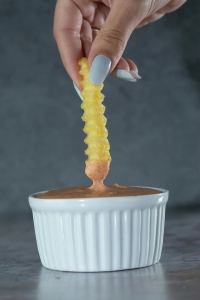
A nice dipping sauce can make all the difference when you’re on a restricted diet. Unfortunately most commercially packaged dipping sauces contain high FODMAP ingredients. Luckily you can learn to make your own easily. Just watch portion sizes as some of these sauces contain ingredients that contain FODMAPs. Safe serving sizes tend to be close to one tablespoon, however you may find you tolerate more.
All three of these sauces are sweet to a degree. You can adjust the sweetness to your liking. Be sure to use low FODMAP ketchup such as FODY when making these recipes. (I’ve found that I tolerate organic ketchup sweetened with sugar as long as it does not contain onions or garlic, but everyone is different so proceed with caution if going that route. )
Use these dipping sauces for French fries, low FODMAP chicken tenders/nuggets, or whatever else sounds good to you.
Low FODMAP Curry Ketchup Dipping Sauce
This sauce is similar to a sauce I was served with waffle fries. It could be just as nice with chicken nuggets. It’s lightly sweet.
Makes ~3 tbsp (1.5 oz) or 1-2 servings
Ingredients
- 2 tbsp real mayonnaise
- 1 tbsp low FODMAP ketchup
- 1/4-1/2 tsp low FODMAP curry powder (to taste)
- 1/8 teaspoon garlic infused olive oil (optional)
Instructions
- Combine all ingredients in a small bowl or ramekin. Mix well.
Low FODMAP Bulldog Dipping Sauce
Also known as tonkatsu sauce, this brown sauce usually accompanies breaded cutlets. This version is a bit tangy. You can adjust the sweetness to your liking by adding more sugar, mixing well and letting stand for five minutes. Give it another stir before using.
Makes ~6 tbsp (3 oz) or 6 servings
Ingredients
- 2 tbsp Worcestershire sauce
- 1 tbsp cane sugar
- 2-1/2 tbsp low FODMAP ketchup
- 1 tbsp oyster sauce
Instructions
- In a jar or small bowl, combine Worcestershire sauce and sugar. Whisk well until the sugar is completely dissolved.
- Add the ketchup and oyster sauce and whisk until combined. Taste the sauce and adjust the seasoning. Some ketchup is sweeter than others, so feel free to adjust the amount of sugar to taste.
Low FODMAP BBQ Dipping Sauce
This sauce requires cooking so you’ll need to make at least this much. This is the sweetest of the three sauces. If you don’t like very sweet sauce, reduce the amount of sugar by at least 1 tbsp. You can add up to 2 more tbsp of brown sugar for the sweetest sauce.
I tolerate this sauce very well so I’ve been able to make BBQ pulled chicken by adding 2 tbsp of this sauce to a portion of poached shredded chicken. Your mileage may vary.
Makes ~8 tbsp (4 oz) or 8 servings
Ingredients
- 4 tbsp brown sugar, packed
- 6 tbsp low FODMAP ketchup
- 2 tbsp apple cider vinegar
- 1 tsp Worcestershire sauce
- 1 tsp garlic-infused olive oil (optional)
- 1 tsp mustard powder
- 1/2 tsp smoked paprika
- 1/2 tsp garlic scape powder (optional)
- 1/4 teaspoon black pepper
- 1/4 tsp sea salt
Instructions
- Combine all the ingredients in a small sauce pan over medium heat.
- Bring to a boil. Reduce to a simmer and cook for 15 minutes, stirring occasionally.

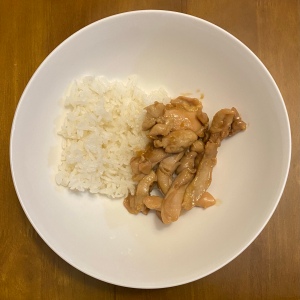
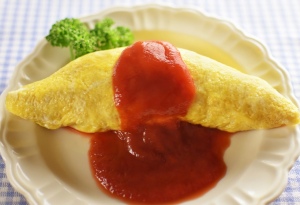



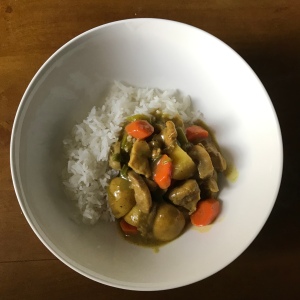
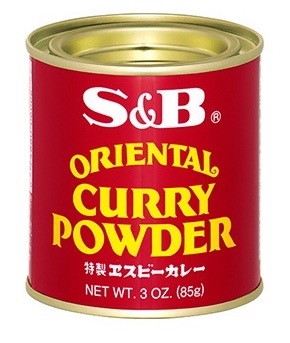
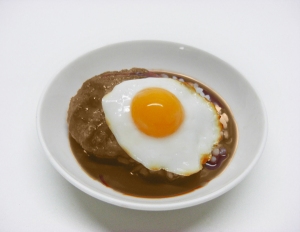

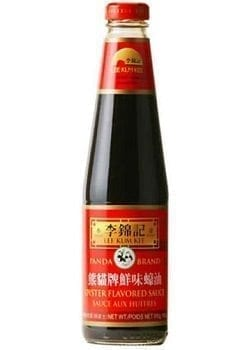
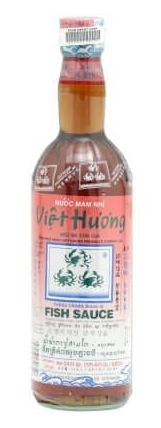
You must be logged in to post a comment.